The Extra tax 1762
Here is a quick look at the Extra tax 1762
A friend just asked me to translate the headings to the Extra tax records for 1762
The extra tax of 1762 was imposed on the Danish and Norwegian people by a regulation issued by the king on September 23, 1762. War with Russia threatened in Holstein, and the king needed money. The tax was set to one riksdaler for all persons over the age of 12, which meant a huge tax increase. In connection with this tax, all persons over the age of 12 were registered in a separate register. These censuses constitute a unique family history and demographic source. (Wikipedia).
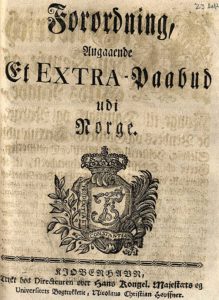 The material from the Extra Tax 1762 is found in the Digital Archives. The records are:
The material from the Extra Tax 1762 is found in the Digital Archives. The records are:
- Scanned – not searchable
- Scanned – Searchable
- Not Scanned – Searchable
This means that some of the information from this source will show up when you use the Advanced person search option in the Digital Archives.
If we use the Find source feature and write “1762 Extra tax” in the “Tags” field, this is the result.
What immediately becomes clear to us is that this material is very varied. Based on this I have to limit this article to the form that seems to have been most commonly used at least in the rural districts.
This is the form we find in e.g. Extra Tax 1762-1764 for Inderøy bailiff
In the content page of each separate record, we need to look for “Manntall” or “Hovedmanntall”
- The name of the farm and Matriculs number i.e the number the farm has in the land registry. If this is of particular interest, you might want to read my article Norwegian farm structure
- The ownership of the farm
- Proprietair means the farm was owned by a private person other than the ones that ran the farm, making these people tenant farms
- Beneficeret means that the king i.e. the state owned the farm. Here the people running the farm are also tenant farmers
- Selv-eyer means that the people running the farm owns the land
- The name of the couple(s) running the farm. As you will see from my article linked above, there might be several households on the same farm
- Children 12 years and older
- Servants
- Male farmhands 12 years and older
- Female farmhands 12 years and older
- Anyone else living at the farm
- Cotters and lodgers
- This column seems to be the number of people living on the farm, however, the number doesn’t always match the number of names.
- Special remarks.
You are probably going to find forms where this pattern doesn’t fit. Do not hesitate to contact me and I will try to help you out and also update this article accordingly.
There is a lot more that can be written about the Extra tax 1762 and I will come back to this in a later article. This is an interesting source that I try to learn how to fully put use.

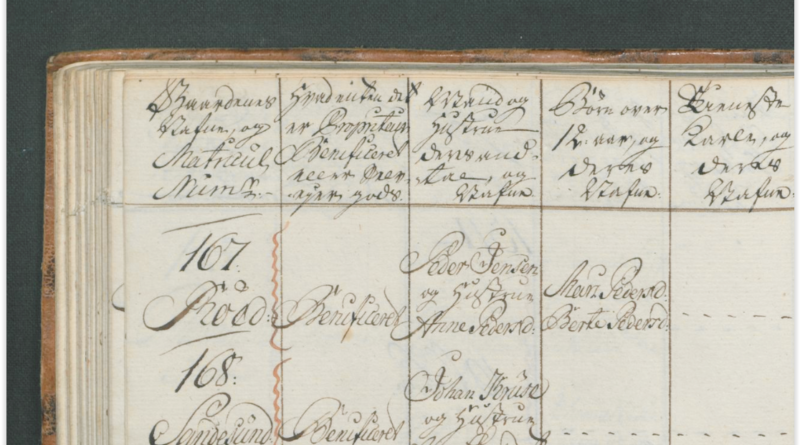

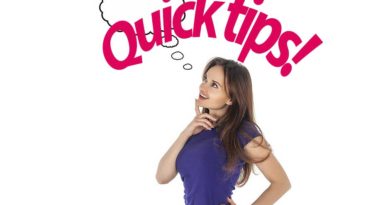
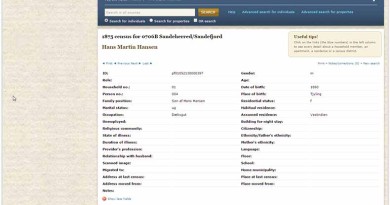
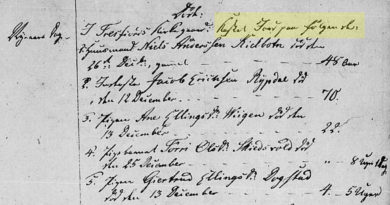
Interesting post, thank you. I continue to be impressed with the quality and variety of Norwegian genealogical records.
I can never find indices on the current version of Digitalarkivet, so I’m happy to see the page you found. I don’t think I have the images, however, so I will have to add those to my genealogy files. I would love it if the current version of Digitalarkivet had the old fylke/county indices. Information was so much easier to find! I’m totally lost with the generalized search.
I am very familiar with the transcribed records from the old Digitalarkivet database since my ancestors were from that region, and I already have the transcribed information in my genealogy records.
Old Digitalarkivet link with English headers (it switches to Norwegian as a default after the first search; it started that when the new Digitalarkivet came into being, altho it originally stayed with English headers all the way through):
http://gda.arkivverket.no/cgi-win/WebMeta.exe?spraak=e
Nord-Trondelag index, old Digitalarkivet database:
http://gda.arkivverket.no/cgi-win/WebMeta.exe?slag=vismeny&katnr=&emnenr=&aar=&dagens=&fylkenr=17&alle=true
Extra tax of 1762, from Ytterøy
http://gda.arkivverket.no/cgi-win/webcens.exe?slag=visbase&filnamn=ma17221762&spraak=e&metanr=3323
The extra tax of 1762 for Inderøy adm. district
Mette Værnes: Ekstraskatten for Inderøy tinglag 1762
http://gda.arkivverket.no/cgi-win/webcens.exe?slag=visbase&filnamn=st17291762&spraak=e&metanr=3970